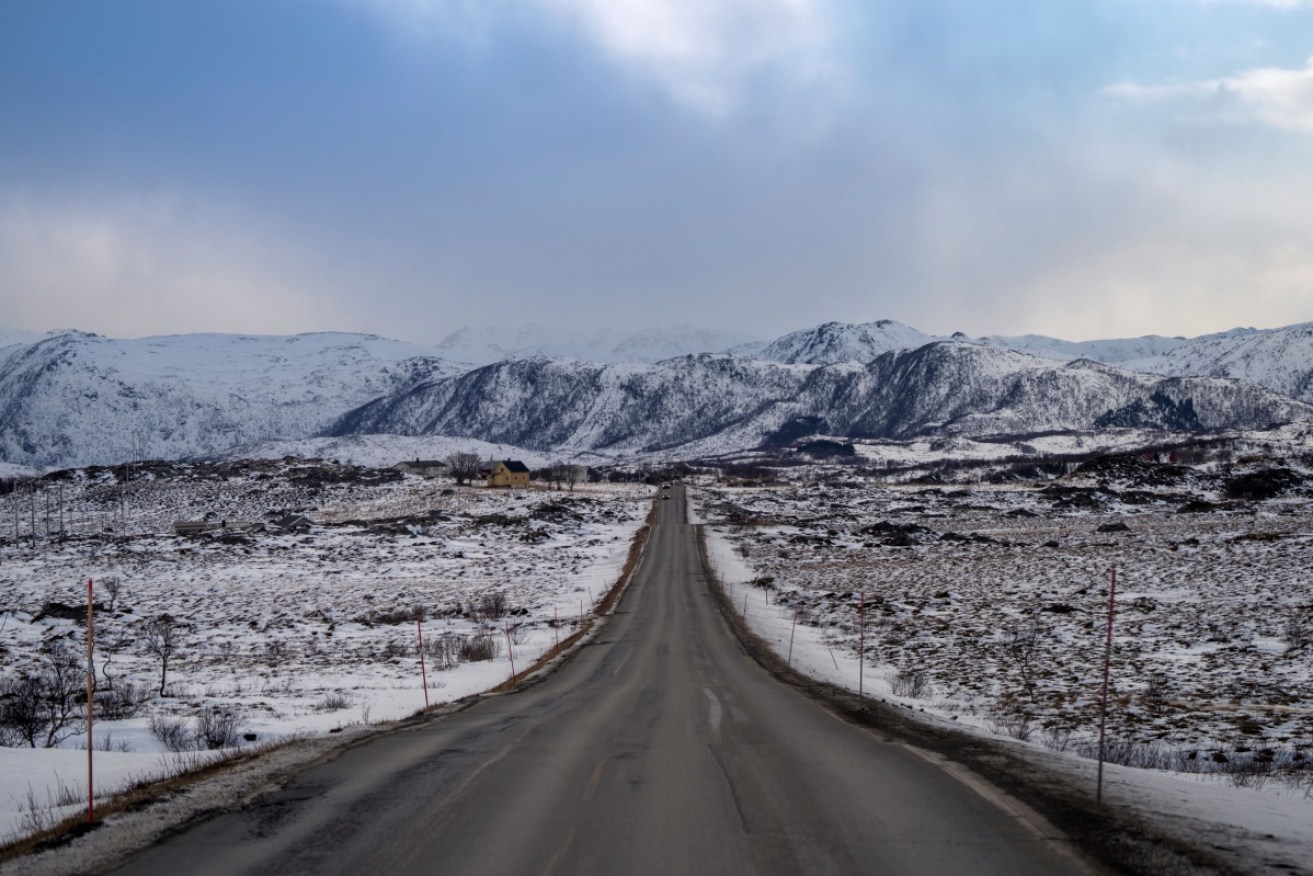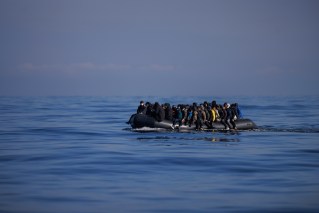Arctic finishes warmest winter on record

Scientists blame climate change for the Arctic's warmest winter on record. Photo: Getty
The Arctic just finished its warmest winter on record and sea ice hit record lows for this time of year, with plenty of open water where ocean water normally freezes into thick sheets of ice, new US weather data shows.
Scientists say what’s happening is unprecedented, part of a global warming-driven cycle that likely plays a role in strong, icy storms in Europe and the US northeast.
“It’s just crazy, crazy stuff,” Mark Serreze, director of the National Snow and Ice Data Centre in Boulder, Colorado, who has been studying the Arctic since 1982, said.
These heat waves, I’ve never seen anything like this.”
It’s been so unusually warm that the land weather station closest to the North Pole – at the tip of Greenland – spent more than 60 hours above freezing in February.
Before this year, scientists had seen the temperature there rise above freezing in February only twice before, and only ever so briefly.
Last month’s record-hot temperatures at Cape Morris Jesup have been more like those in May, Ruth Mottram, a climate scientist at the Danish Meteorological Institute, said.
But it’s more than that one place. Across the Arctic Circle in Barrow, Alaska, February was 10C warmer than normal and the entire winter averaged 7.8C above normal.
Of nearly three dozen different Arctic weather stations, 15 of them were at least 5.6C above normal for the winter, according to data from climatologist Brian Brettschneider of the International Arctic Research Center at the University of Alaska Fairbanks.
Meteorologists consider December, January and February to be winter, and Arctic weather stations averaged 4.9C warmer than normal for the season that just ended.
“The extended warmth really has kind of staggered all of us,” Ms Mottram said.
Sea ice levels are down again
In February, Arctic sea ice covered 5.4 million square miles 13.9 million square kilometres, about 160,000 square kilometres smaller than last year’s record low, the ice data centre said on Tuesday.
Sea ice is frozen ocean water that – in contrast to icebergs and glaciers – forms, grows and melts on the ocean.
It is still growing, but “whatever we grow now is going to be thin stuff” that easily melts in the summer, Mr Serreze said.
While some natural weather fronts were involved, climate change is the overriding thing, the scientists said.
In the winter, sea ice “acts as a lid to keep the warmth of the water at bay” but when there is less sea ice, more heat goes into the air, Mr Brettschneider said.
“You end up with a vicious cycle of warm air preventing sea ice formation and lack of sea ice allowing warmth to escape into the air.”
-AP








